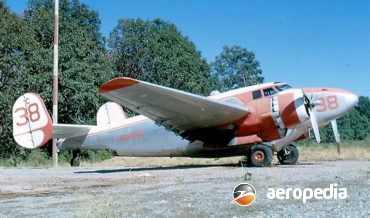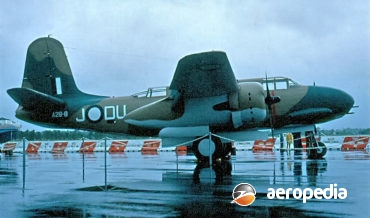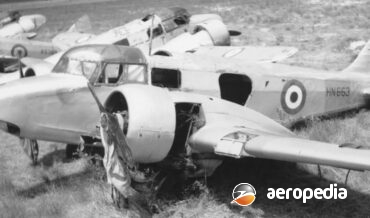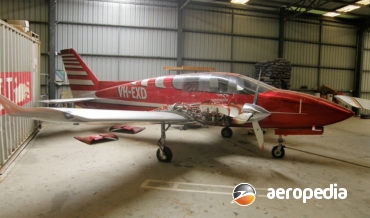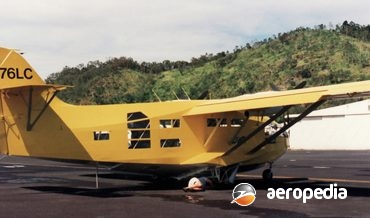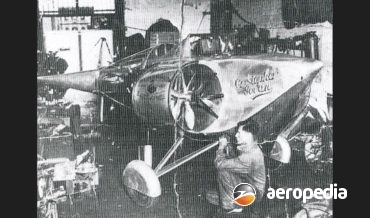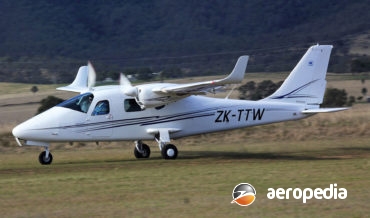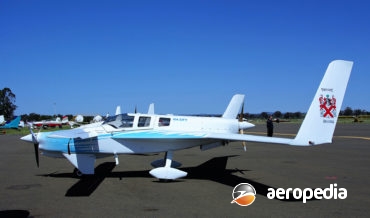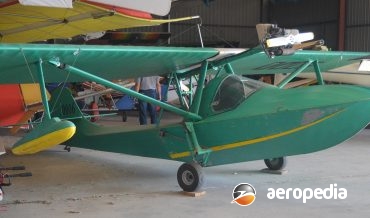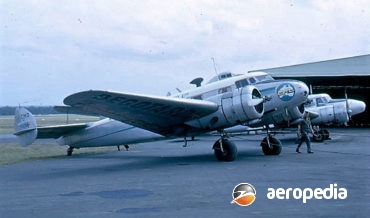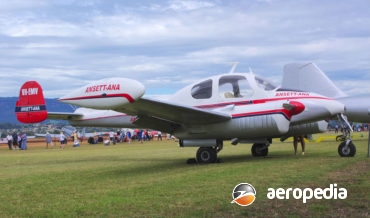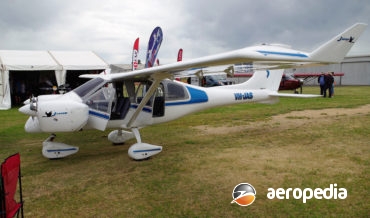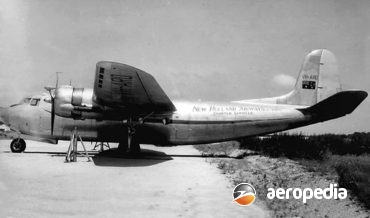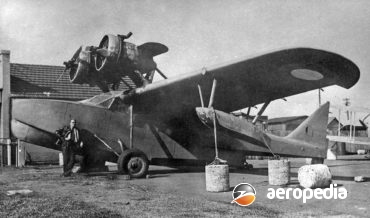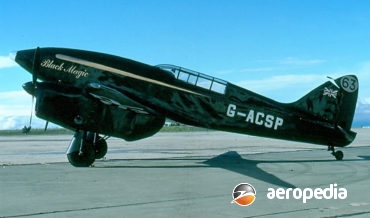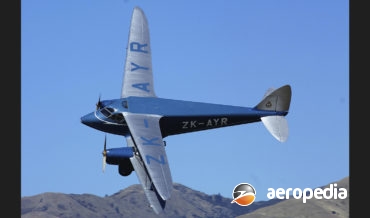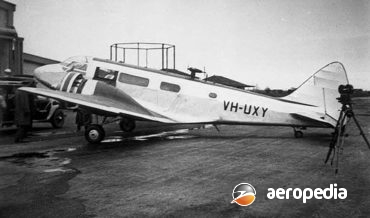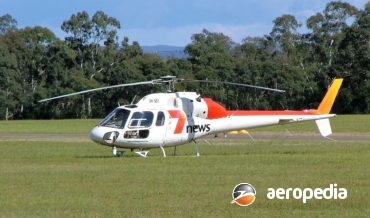All Contents
Contents
The SeaBear was designed by G Annenkov and a team of graduates from the Samara State Aerospace University in Russia and more than 30 examples have been delivered.
David C. Eyre
- March 23, 2020
In 1936 the British Air Staff drew up plans for the development of a series of twin-engine aircraft which culminated in the Whitley, Hampden and Wellington medium bombers.
David C. Eyre
- May 19, 2019
The Max Holste Company was founded in 1946 and built the Broussard and Super Broussard. In 1960 it entered into an agreement with Cessna of Wichita, Kansas, to produce aircraft for the European market and the new company became known as Reims Aviation.
David C. Eyre
- May 19, 2019
The Baltimore was a development by Glen L Martin & Co of the Martin 167, which saw service with the RAF and SAAF as the Maryland.
David C. Eyre
- May 19, 2019
Following the success of the PV-1 Ventura, the chief engineer of Lockheed Vega commenced work on development of a new variant to meet USN requirements, this model, the PV-2 Harpoon, having an increased wingspan, a re-designed tail, an increase in fuel capacity and an increase in all up weight.
David C. Eyre
- May 19, 2019
In 1936 the El Segundo Division of the Douglas Aircraft Company designed a new attack bomber known as the Model 7A.
David C. Eyre
- May 19, 2019
Using the Airspeed Envoy as a starting point, the Airspeed Company of Hampshire designed a twin-engine aircraft to meet a multiplicity of functions, including pilot training, navigation, gunnery, photographing and bombing training, known as the AS.10 Oxford. In October 1936 an initial order was received from the British Air Ministry
David C. Eyre
- May 19, 2019
The Derringer was designed by George Wing and built by his company, Wing Aircraft and Hi Shear in the early 1960s at Torrance, California as a two-seat, twin-engine sporting and training monoplane with a retractable undercarriage.
David C. Eyre
- May 8, 2019
he Global Explorer I (N376LT) was designed by prolific aircraft designer Dean W Wilson and built to meet the requirements of explorers Hubert de Chevigny and Nicolas Hulot, the first machine flying for the first time in April 1991.
David C. Eyre
- May 8, 2019
In 1933/34, following the announcement of the 1934 MacRobertson Air Race from England to Australia, there was great interest around the World and many persons and organisations set about entering suitable aircraft.
David C. Eyre
- May 8, 2019
The P2006T is the first entry by the Tecnam company in Italy to produce a cheap twin-engine light aircraft. Of all metal construction, it is fitted with two Rotax 912S engines, is of high wing configuration, and has a fully retractable tricycle undercarriage.
David C. Eyre
- May 8, 2019
The prototype of the Rutan Model 40 Defiant (N78RA) was designed as a ‘proof of concept’ aircraft and made its first flight on 30 June 1978.
David C. Eyre
- May 8, 2019
The Sea Hawk was designed by Mr J Stevens in Queensland for the ultra-light amateur-built market and is the culmination of a number of designs he has produced and built over the years.
David C. Eyre
- May 8, 2019
The Miles Gemini was the last aircraft to be built in quantity by the famous Miles Aircraft Ltd at Woodley.
David C. Eyre
- May 8, 2019
The Aries was a venture by F G Miles Ltd to improve the Gemini four-seat private aircraft and the prototype first flew in February 1951, being shown at RAF Hendon in July 1951 and later became G-AMDJ (c/n 1002), receiving its Certificate of Airworthiness on 13 June 1952.
David C. Eyre
- May 8, 2019
Designed in 1934 as a ten/twelve seat commercial airliner for airlines in the United States, the Lockheed 10 became a very successful aircraft until the advent of the larger Douglas DC-3.
David C. Eyre
- May 8, 2019
The Morava was designed by Ladislav Smrcek as a four/five seat successor to the Aero 145, and the prototype, the first of three (OK-LNA), was flown for the first time on 8 April 1957.
David C. Eyre
- May 8, 2019
Of similar configuration to the Maxair Drifter, the Air Cam is a two-seat, open-cockpit, light twin-engine aircraft intended for aerial photography which has utility applications, and which is marketed by Leza-Lockwood Corp of Sebring, Florida.
David C. Eyre
- May 8, 2019
In about 2012 Jabiru Aircraft of Bundaberg, QLD was looked at extending its range of aircraft and looked at building a helicopter and a twin-engine variant of the Jabiru light sporting aircraft.
David C. Eyre
- May 8, 2019
The DC-5 was designed by Ed Heineman (who later designed the A-4 Skyhawk) and built at the El Segundo Division of the Douglas Aircraft Co at Inglewood, California to meet airline requirements for a 16 – 22 seat twin-engine airliner.
David C. Eyre
- May 8, 2019
The Dolphin was designed by the Douglas Aircraft Co to meet the requirements of civil operators for a twin-engine flying boat, and the prototype, initially known as the Sinbad, flew for the first time at Santa Monica Bay, California, in July 1930.
David C. Eyre
- May 8, 2019
The story of the DH.88 Comet series of racing aircraft is well known and has been told many times.
David C. Eyre
- May 8, 2019
The Dragonfly, the prototype of which (E-2 c/n 7500 – later G-ADNA) was first flown on 12 August 1935, was designed as a twin-engine business and executive transport seating five.
David C. Eyre
- May 8, 2019
The prototype Envoy (G-ACMT – c/n 17), a direct development of the Airspeed Courier, first flew on 26 June 1934 with Wolseley AR.9 Mk II nine-cylinder radial engines, and models were proposed with Gnome-Rhone Titan Major 7Kd radials, or the Wright R-760-E2 Whirlwind engine.
David C. Eyre
- May 8, 2019
The AS 355 was a development of the AS 350 series with twin engines aimed at the police, ambulance, EMS and media role seating six persons, and more than 650 examples have been produced.
David C. Eyre
- May 8, 2019
The Super Aero 45 and Aero 145 were progressive developments of the Aero 45 light twin which flew for the first time in prototype form on 21 July 1947 in Czechoslovakia. It was the Country’s first post-war aviation product and was very successful.
David C. Eyre
- May 8, 2019
Recent Comments
Archives
Categories
- No categories
Categories
- No categories
Latest Posts
Newsletter





